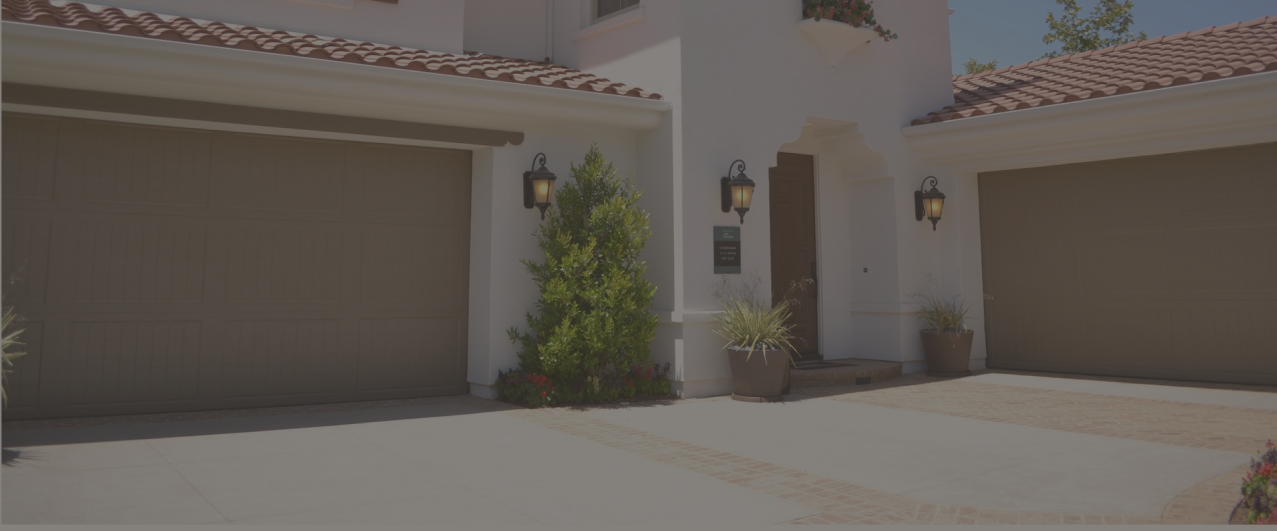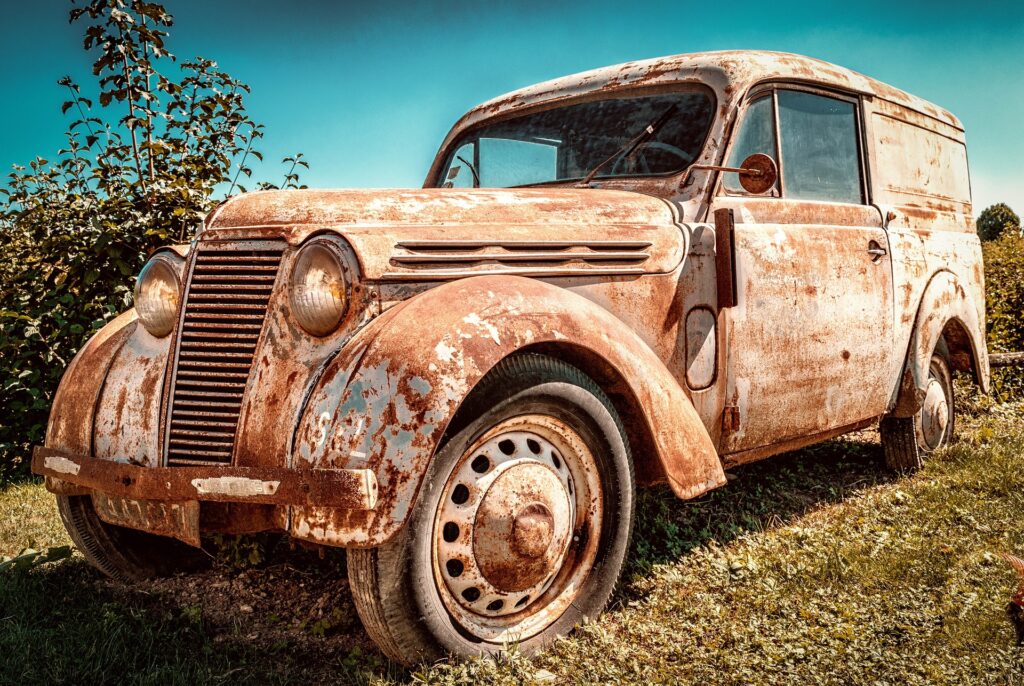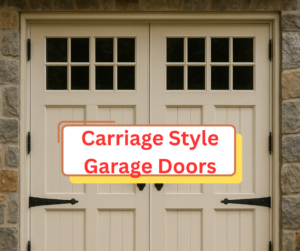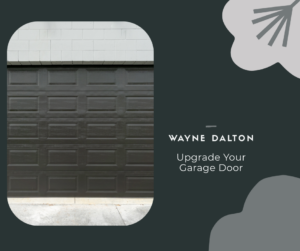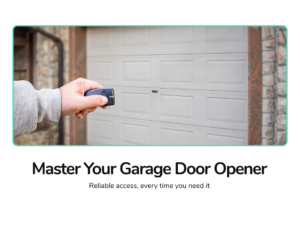Garage Door Springs Rust and How to Deal with Garage Door Spring Maintenance
Do people have a strange noise when they open their garage doors? Tell me the right thing? Garage doors become noisy and slow as components rub against each other during operation. Keep a close eye on what happens to your door to increase the lifetime and decrease maintenance costs. If your garage door sounds sluggish, lubricating it might be the best quick solution. Like all other parts, your doors need some preventative maintenance. Torsion springs are the heart of the door, most garage doors will need a garage door technician to handle maintenance over the entire length of the garage door lifespan.
What You Should Know About Lube for Garage Doors
It is possible to maximize the lifespan of garage door springs through regular lubrication. Steel springs are vulnerable to corrosion and cause friction that wears them out. The right lubricant can prevent rusting. Lubricated springs can be simple and not a quick fix for spring problems. I’ll bet it will work. The spring must be lubricated in the right amount. WD-40 is a common lubricant that’s used to clean the springs, but not recommended as a silicone based lubricant is much more sufficient than most garage door lubricants. White lithium grease is also a great choice to choose where white lithium grease can hold up better over time than a spray lubricant.
Garage Door Manufacturers Recommended Lubricants
Proper garage door lubrication is recommended once per year using synthetic lubrication. A leading garage door manufacturer in North America Clopay recommends using Clopay garage door pros lube or synthetic lubricants for door. Even though they do not allow use with silicones in lubricating products, they do have a silicone-based base. Proper lubrication and regular maintenance with the proper spring size makes garage door repairs easier to handle when broken springs show up when you least expect it.
What Should You Use To Lubricate Your Garage Door?
You may be familiar with slapping WD-40 in your tracks. All things have their place and time. In fact WD-40 is the easiest way to lubricate garage door rollers and components. Garage doors are lubricated using many different types. The best lubricating product for doors is a good lubricator that is usually two different types. But the other is more common, but you shouldn’t use it. You should avoid using these lubricating agents on springs.
DIY vs. Professional Garage Door Spring Replacement
Usually, a garage door has a spring that is replaced by a spring system that uses extension springs. You have new springs, two C-clampers, box wrench, step ladder and bathroom scales. Measure the door height and load, disconnect the security cable and replace the spring. Always unplug the car before working. Typically it is more beneficial to get an expert on spring torsion. Extreme tension on this spring makes it dangerous and entanglement and replacement are more difficult than for extension springs, requiring additional pressure on springs.
Using the proper tools and following our instructions it is possible to replace the entire Torsion Springs System with no additional trips into the hospital. This story does not discuss the replacement of garage door extension springs. Spring replacement on your garage door hinges should be performed using one of the common torsion-type springs mounted above your door. Springs for the Garage Door will cost around $200. It may save you about $40. So if you haven’t had any garage door springs installed yet, you should have them replaced before you start.
Lubricating Garage Door Tracks
Lubricating your doors tracks may differ slightly from hinges or casters. Clean out dirt and debris causing obstruction on the doors. Apply lithium-based grease or silicone-based lubricants inside track. Apply it sparingly; it doesn’t need much because putting it in your hands can clog your work.
Make the tension equal
Attach locking pins to the torsion hose to hold them together while adjusting drum tightener. Rotate the drum so the cord can be wrapped in its grooves. Pull cable into tighter position after tightening screws. Keep the pliers in position and repeat the tightening process the other way. There must be equal tensions between the opposing side. Otherwise, the doors open in uneven ways. How can I paint my garage with epoxy flooring paint?
Follow the spring suppliers recommendations
Handyman: inserts an adjustable bar into a cone and blows toward the ceiling. Turn the spring half-way and swing the wheel. Please check Spring suppliers guidelines for the total turn. When no suggestion comes up, make 30-quarter turns on 7feet. large door and 36 quarter turn eight feet apart. large doors. Why don’t you always keep a garage?
What kind of oil do you put on garage door springs?
Generally lubricants should be lithium grease and silicone spray based. The greases produced from lithium form a water-resistant barrier preventing a frictional reaction. This kind of silicone spray is useful to prevent damage to your door hardware.
Can I use WD-40 on garage door spring?
GET UP! Don’t use WD-40 anywhere on your doors. Yes, it is worth it but this does not apply to doorways or garages. Its spray is not lubricating.
Please get away. Put it out and obey this warning: don’t use WD-40 anywhere on the doorknobs. WD-40 definitely has a place in the car, however not in garage doors. The spray contains no actual lubricant.
How do I lift my garage door with a broken spring?
Disengage the garage door opener from the door by removing its hooks from the garage door opener until the mechanism is unlocked. Get a friend’s help. Bring doors up to the slats and put them down to the vertical rail.
What tension spring do I need for my garage door?
The average home garage door is 7 or 8 feet long. Seven-foot doors normally use 25-inch springs, while eight-foot doors use 25-inch springs.
Call Us at Pure Garage Door Services Today!

